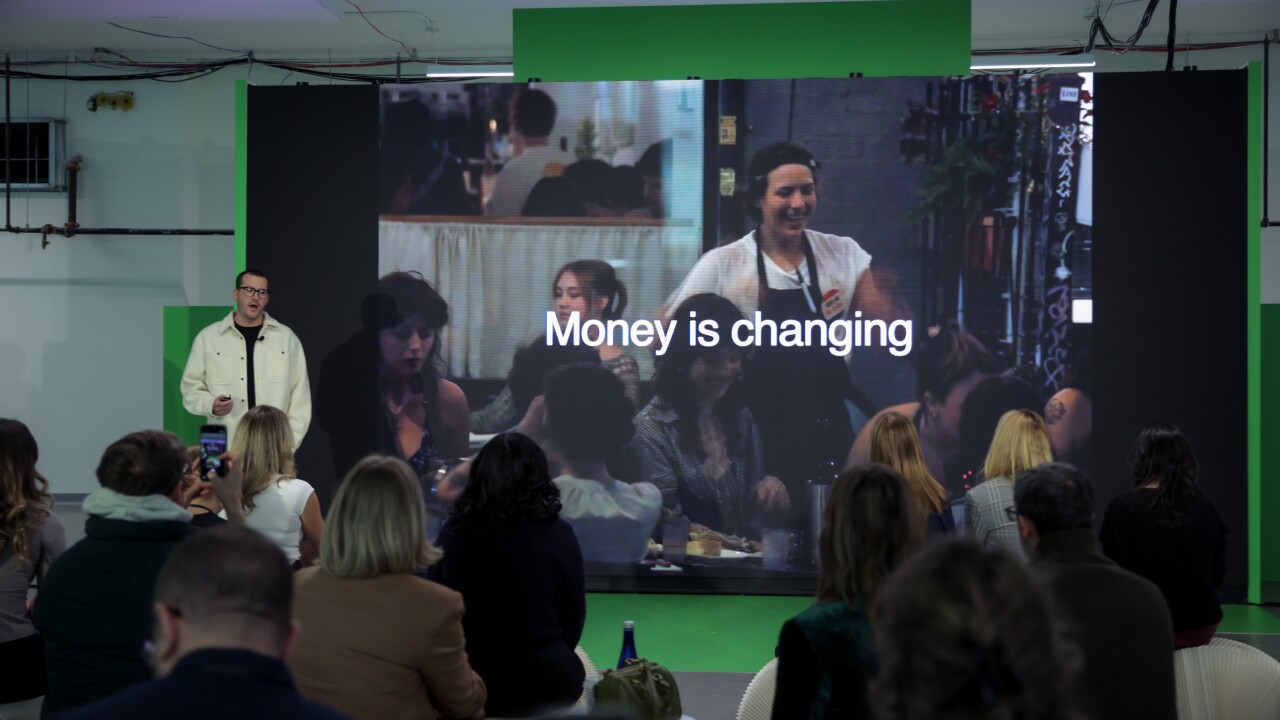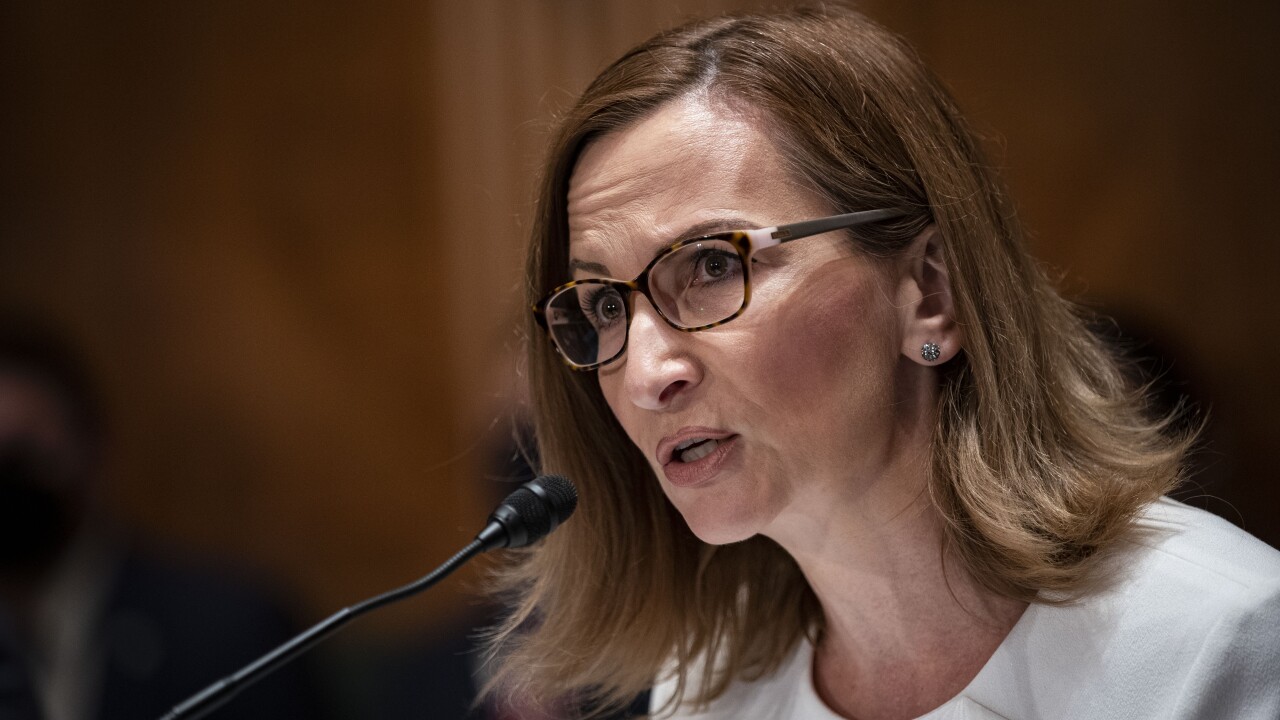
Rural counties in Southern states have fewer bank branches and residents are denied home loans at higher rates compared to other regions of the country, according to the Consumer Financial Protection Bureau.
The CFPB on Wednesday issued two reports analyzing banking and consumer credit trends in the South, an eight-state region where roughly 7 million people have lived in poverty for at least 30 years. Many areas of the South are considered "banking deserts" because of the dearth of banks and credit unions, particularly in
The Southern region also has fewer branches per resident than elsewhere in the country, with 3.6 branches per 10,000 people, compared to five nationally. Two states — Mississippi and Louisiana — have the highest unbanked rates in the country, at 11.1% and 8.1% respectively, compared with the national average of 4.5%.
"The rural South faces distinct challenges when it comes to fair access to banking," CFPB Director Rohit Chopra said in a press release. "Understanding regional differences across the country will help us determine where financial marketplaces can work better for all."
The lack of bank branches alone may be "a driving factor in limited access to financial services," the CFPB said, because roughly 30% of rural households in the South lack quality broadband access, making online banking inaccessible.
Not only do Southern consumers have more difficulties accessing credit, they also face higher interest rates. Rural consumers in Southern states apply for mortgages at the same rate as consumers nationwide, yet roughly 27% of Southern applicants in rural counties have home loan applications denied compared with 11% nationally, the CFPB said. Southern residents also pay slightly higher interest rates of 3.51%, on average, compared to 3.13% nationally, according to
Another report, "Consumer Finances in Rural Areas of the Southern Region," compares consumer financial experiences and outcomes in rural communities in Southern states with other parts of the country.
The people of tiny Duncan, Ariz., have found creative ways to adapt to life in a banking desert, but their experience augurs a worrisome future for many other rural communities.
Auto lending is another problem area. The CFPB report said that 16% of rural consumers with an auto loan are at least 60 days delinquent compared with 10% in other rural areas. Consumers in Southern states also have higher rates of medical debt compared to consumers nationwide. Roughly 28% of residents in rural areas have at least one medical collection on their credit record compared to 17% nationwide, and 19% among all rural consumers outside of the Southern region, the CFPB found.
The CFPB said the reports are part of its work exploring regional trends and are meant to highlight gaps and identify opportunities particularly in rural areas.






